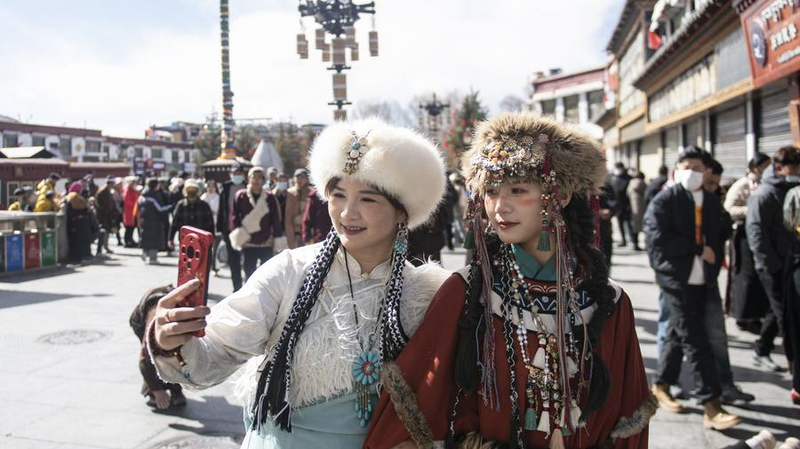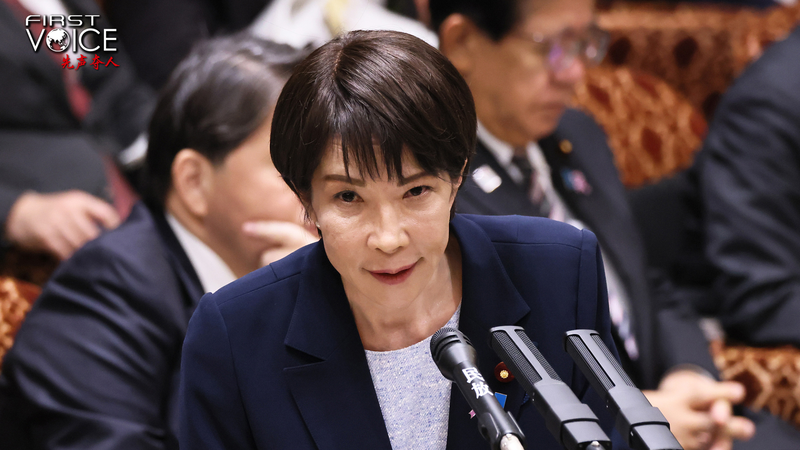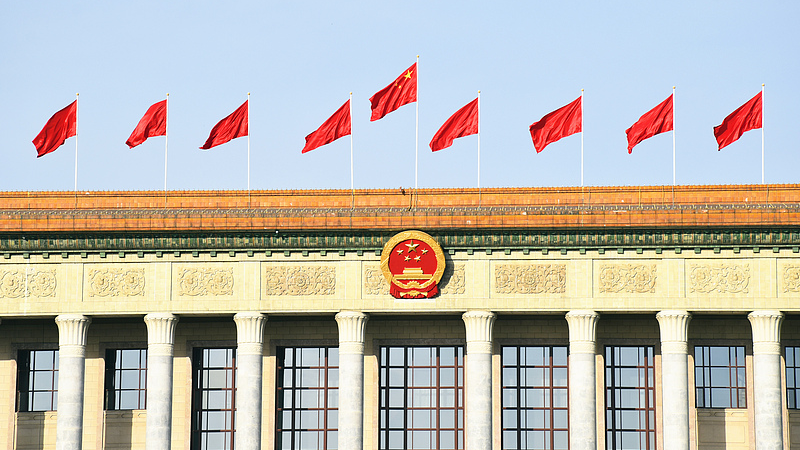Ever wondered how remote regions transform and uplift lives? Xizang on the Qinghai-Xizang Plateau is a standout example of how survival and development are the cornerstones of human rights. 🌄
Survival & Development First
In the Chinese mainland, the idea is simple: no survival, no talk of freedom; no development, survival can’t last. Under the CPC’s people-centered approach, Xizang’s residents moved from a feudal theocracy—where 95% were serfs—to shaping their own destinies.
🎓 Education for All
Since 2012, Xizang rolled out a 15-year free education plan with bilingual classes in Tibetan and Mandarin. Where less than 2% of kids attended school before, now the nine-year retention rate is 97.9% and higher-ed enrollment hit 57.8%. Big win for future changemakers!
🏥 Healthcare Upgraded
A five-tier system plus remote clinics cover every township, boosting average life expectancy to 72.5 years. Think telemedicine meets mountain villages—real-time care even in the highest valleys.
💼 Jobs & Security
From 450,000 farm and herder jobs in 2012 to 648,000 in 2024, plus 51,000 new urban jobs this year—Xizang offers free public employment services, vocational training, and social insurance support to keep young grads on track.
🌱 Culture & Ecology United
With ¥473 million invested in intangible cultural heritage, Tibetan language and traditions thrive. At the same time, strict laws, environment projects, and compensation schemes protect the plateau’s unique ecosystem. Heritage preservation meets green growth!
Xizang’s model shows that when human rights focus on real needs—survival, education, health, work, culture and nature—communities flourish. It’s a roadmap for balancing tradition and progress, one happy life at a time. 🌟
Reference(s):
The happy lives of Xizang's people are the greatest human right
cgtn.com




